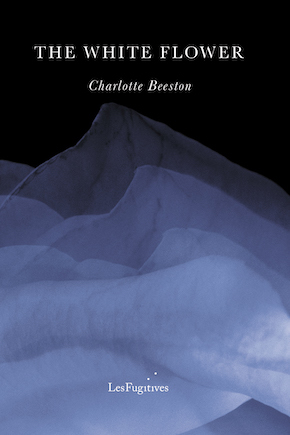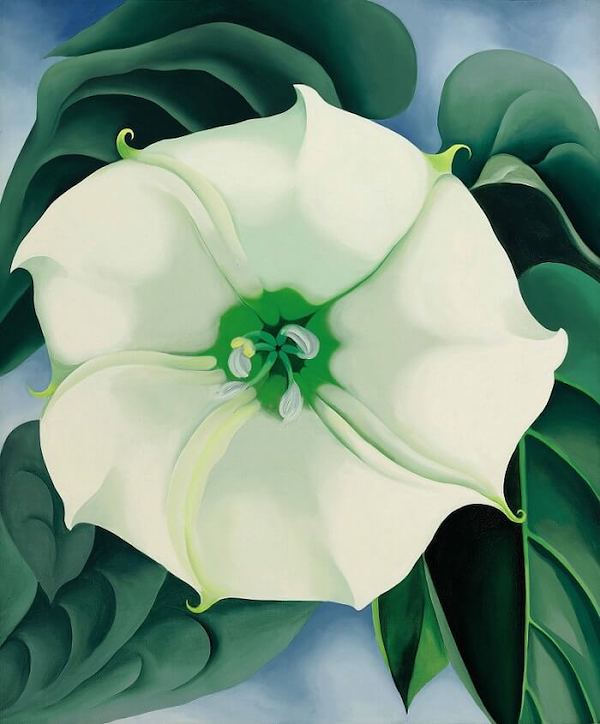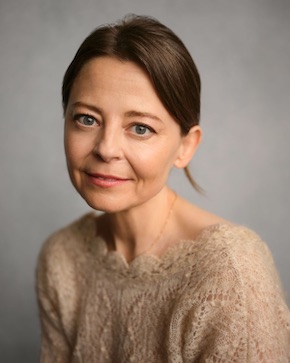Beauty out of grief
by Charlotte Beeston
I began writing The White Flower after the loss of my mother. I needed to find a language for what I was feeling and to create something new – and beautiful – from the pain of her absence. It was a way of keeping her memory alive and honouring the incredible lifeforce she possessed. Around that time, I read Josceline Dimbleby’s A Profound Secret and became aware of the real-life story of May Gaskell, a close friend of the artist Edward Burne-Jones. May suffered debilitating loss after the death of her daughter, and in her letters and diary accounts I found an articulation of the pain I was feeling, the same devastation and primal response. I was inspired to couple the contemporary story with one of a fictional mother, Julia, who is mourning the loss of her daughter Helena in the wake of a photographic expedition to Ceylon (now Sri Lanka) a century earlier. Writing from Julia’s point of view also gave me the freedom to pour the rawness of my grief into a story more removed from my own.
To be true to the historic setting, I read widely about Sri Lanka’s culture from autobiographies of Leonard Woolf and plant collectors such as Reginald Farrer, to biographies of female artists and contemporary political accounts, then to the specifics of what I needed to know about photography and travel. A great deal of the novel was written during the pandemic and I escaped, if only in my imagination, to Sri Lanka’s lush rainforest in the pages of beautifully written travelogues from the time. I felt very like Julia, experiencing the country through another’s eyes while being confined at home in England. As enjoyable as it was, most of the research was for background information and only important telling detail found its way onto the page, anchoring the text in time or place – such as the description of Helena’s first camera ‘… a square leather box… that had a long cable with a rubber bulb at the end’. Most of all, I wanted to be true to Julia’s grief as a mother. I sometimes put myself in my mother’s position and imagined what it might have been like if she had lost a child or if the positions were reversed and I had been diagnosed with cancer.
There is something heartbreaking yet also comforting about being able to hold a loved one’s possessions after they die. We can sense their presence in them and perhaps, more deeply, in the objects they have created.”

I liked the symmetry of the two stories, the way they softly echo one another in theme, and how the two protagonists inhabit the same landscape, walking beside the river in London separated by a century. A musical quality seemed to enter the writing in these moments. It was only halfway through the novel that I felt the travelogue could provide a link between the two women and make their connection physical. I liked the idea that Stella might be holding the same copy of the book as the one Julia reads, with the reader able to discern what could be Julia’s finger-marks on its pages. It reminded me of how there is something very physical about death and grief. I was so close to my mother while she was dying, holding her and caring for her, and the emotional impact of her loss affected me somatically. I wanted to explore this in Stella’s EMDR therapy sessions and the different sensations she feels in her own body. Stella’s story is different to my own, but I tried to put down on the page a literal rendering of what losing my mother had felt like. I also didn’t want to shy away from the emotional pain of grief and made Stella’s devastation, the sense of her isolation, as authentic as I could.
Friendship is an important theme in the novel. Grief can be incredibly lonely and much of Stella’s story is about how painful episodes and prolonged periods of isolation can undermine the psyche, particularly a sensitive one. Her friendship with Anne is a release from this, supporting her while she grieves for her mother. Anne has suffered loss too, and she is someone who can go ahead in the darkness, to shine a light.
In contrast, Julia rejects offers of comfort from her family and friends. She actively seeks solitude to more intensely connect with her daughter. Her story reminds me of the lines in the poem ‘Taliessin Reborn’ by Anne Ridler:
‘For it is we who haunt the dead
And not the dead who haunt us –’
There is something heartbreaking yet also comforting about being able to hold a loved one’s possessions after they die. We can sense their presence in them and perhaps, more deeply, in the objects they have created. I wanted to explore this attachment to physical objects and also say something about the importance of creativity. Helena searches for purpose and a meaningful existence through art, and her photographs act as a kind of portal through which her mother, desperate for connection, can see Sri Lanka through her eyes. Stella’s memories of her mother’s creativity, with her cupboard full of art material, are also consoling. She connects with her mother through these creative impulses and finds her mother in herself when she embraces her own creativity.
I put my heart into writing The White Flower, if that’s not too sentimental a thing to say. I hope that it resonates with some readers, that they find moments of beauty in the darkness, and the possibility of happiness and regeneration after loss.
—

Charlotte Beeston was born in Cheshire and grew up in Kent. She studied Law at Exeter University and worked as a solicitor for several years. In 2012 she obtained her master’s in creative writing from Birkbeck College, University of London, and won the Dissertation of the Year prize. Her short stories have been published in the Mechanics’ Institute Review and in Untitled Books online. The White Flower, her debut novel, is published by Les Fugitives.
Read more
charlottebeeston.squarespace.com
instagram.com/charlottebeeston3
@LesFugitives
Author photo by Harry Livingstone

